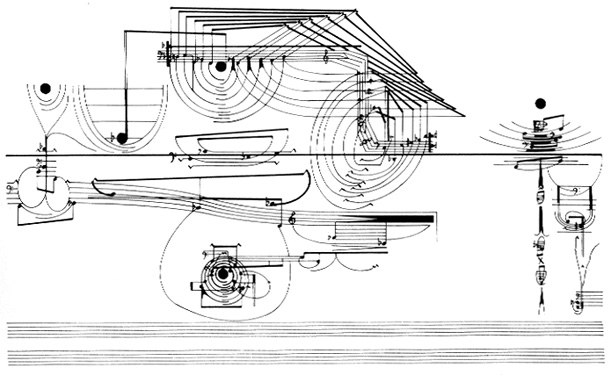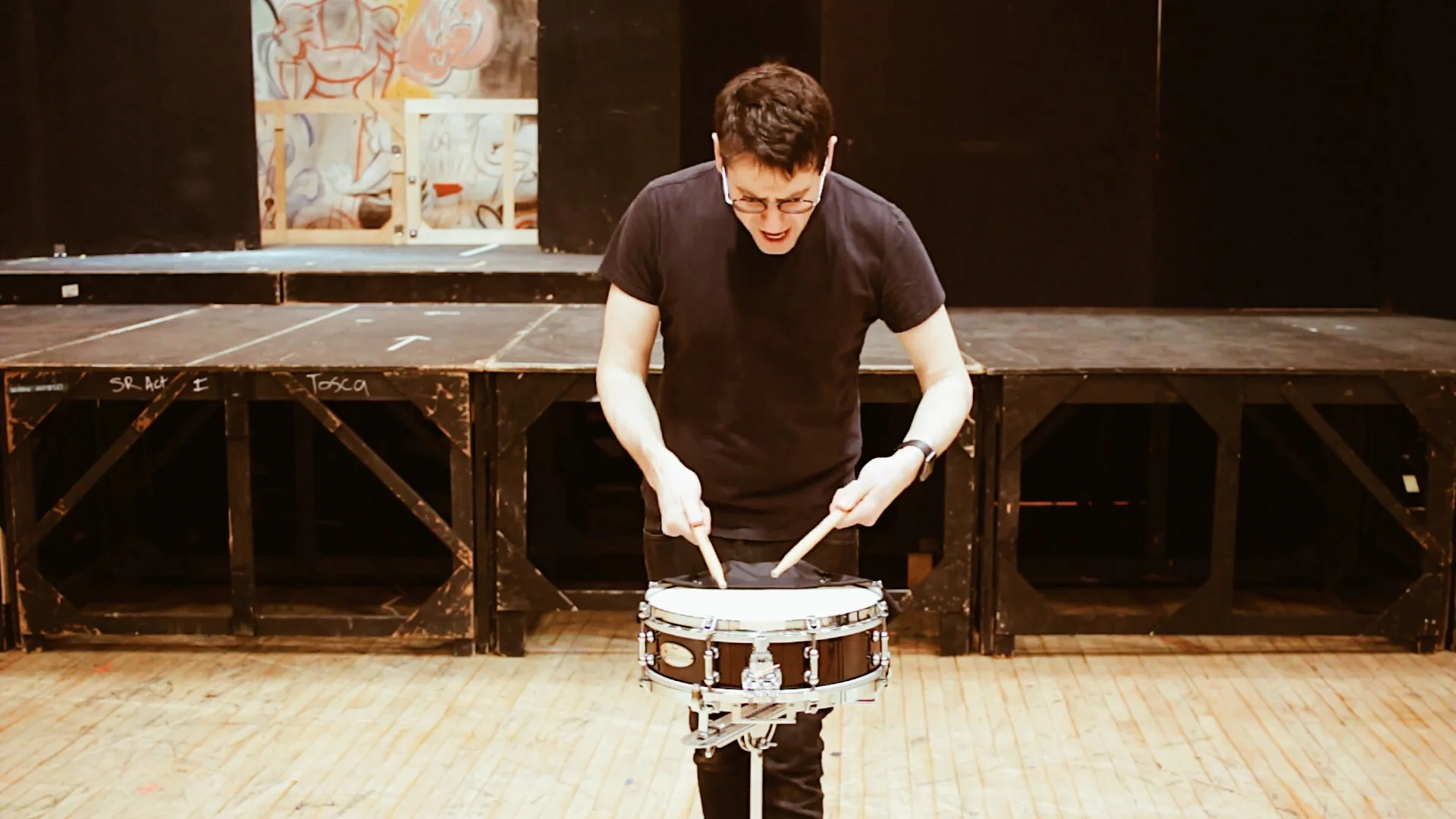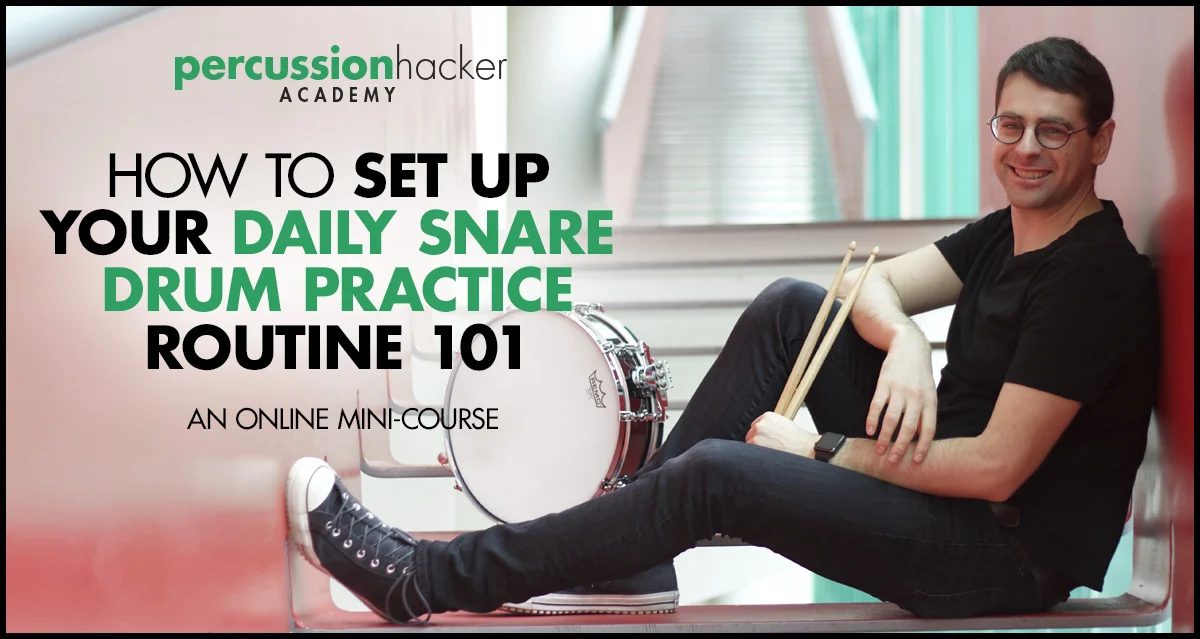...and answers to other PASIC faqs
it's my pleasure to announce that i'll be making my PASIC debut this year as a keyboard lab clinician. it fills up fast, so claim your spot now! simply click the following link, mention that you'd like to play in the rob knopper keyboard lab, and include the excerpt or solo that you'd like to play.
what's a keyboard lab?
it's basically the percussive arts society's term for a keyboard masterclass. 5 students have 10 minutes each to play something on a mallet instrument - xylophone, bells, marimba, or vibraphone - and receive commentary and critique.
what should i play?
don't play this piece.
anything you want on the 4 mallet instruments. because we only have 10 minutes per participant, choose something short. that way, there will be meaningful time for comments and discussion. also, since i am an orchestral player, it might behoove you to choose something having to do with orchestras or auditions rather than, say, a performance art piece with graphic notation and no discernible beginning or end.
when is it?
the class is at PASIC (percussive arts society international convention) on friday, november 21st, at 5pm.
how long do i get to play?
each player gets 10 minutes.
what if i have more questions?
duh, ask me.
want to see my complete snare drum setup?
here’s my 8-piece snare drum setup, including every piece of gear and accessory you'll need. (and it's totally audition-ready, too.)












the snare drum seems like it could be the most boring instrument on earth. regardless, you still have to sound as musical as any violinist or oboist or trumpeter.
in today's video, i'm showing you 7 ways you can express phrasing and musicality on the snare drum.